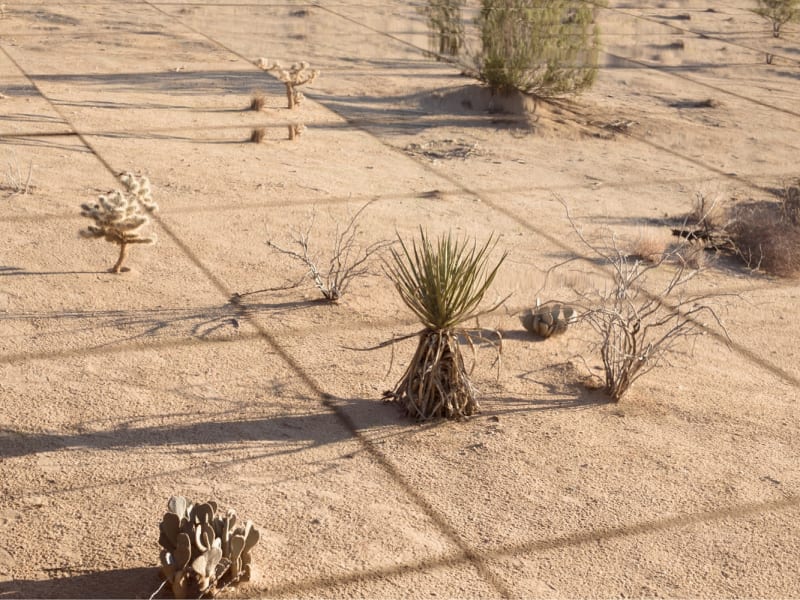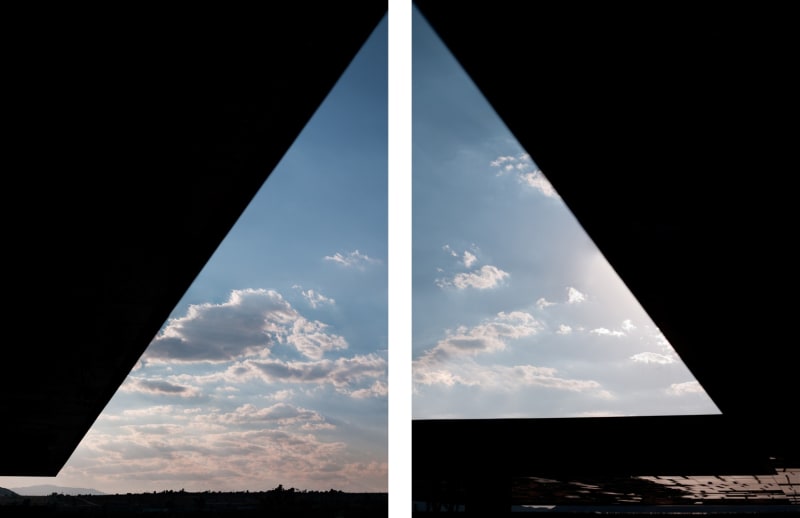
HUMAN NATURE
Overview
Human Nature brings together the work of three photographers, all of whom have recorded a deeply personal response to the landscape. Works have been selected from solo exhibitions that took place at Flowers Gallery during 2014. Approaching this theme from diverse perspectives, the complex relationship between mankind and the landscape is explored, reflecting upon our connection with, and impact upon, the surrounding environment.
Since the 1980's South Korean photographer, Boomoon, has been engaging with the natural landscape in his work as a means of self-reflection, producing large format photographs of vast expanses of sea, sky and land. The works on show in this exhibition are from his series Sansu and Naksan. Sansurefers to the concept of 'sansu' (mountain-water) a core conceptwithin the representation of nature in Far-Eastern aesthetics; an idea centred on the metaphysical union withnature. Boomoon's contemporary vision of 'sansu' depicts Seoraksan National Park in all its graphic detailin the midst of winter. Naksan, which takes its name from a beach on the east coast of South Korea that faces Japan, is characterised by details of crashing waves within snow covered seascapes.
Devoid of human presence, the central emphasis of his work is the experience of the infinity of nature and the representation of its presence. His work was described by Charlotte Cotton as depicting 'the unknowable and uncontrollable character of nature.'
Nadav Kander's recent series Dust explores the vestiges of the Cold War through the radioactive ruins of secret cities on the border between Kazakhstan and Russia. Evoking his sense of awe and fear as he responded to these places and to the weight of their history, Kander's photographs portray stark fact and bleak setting with a characteristic poeticism.
Priozersk and Kurchatov are closed cities, utilized for the covert testing of atomic and long distance weapons. Demolished to preserve their military secrets, the areas now consist predominantly of the ruinous architecture and desolate landscapes featured in Kander's hauntingly beautiful photographs. A result of the Cold War and of the relentless quest for nuclear armaments, the ruins stand as accidental monuments to the melancholic, dark and destructive side of human nature.
'These images do not make beautiful what is not, they ask of us that we repurpose ourselves to accept a new order of both the beautiful and the real' Will Self
LA-based artist Mona Kuhn is acclaimed for her intimate, contemporary depictions of the nude. Set against the backdrop of the Californian desert, and photographed at the golden modernist structure Acido Dorado in Joshua Tree National Park, her series brings together the figure, abstractions and landscape into one. The building's facade is glass and mirrors; it serves as an optical extension to the artist's camera and lens. Light is split into refracting colours, desert vegetation grows sideways, inside is outside and outside in. Kuhn's playful combination of a number of visual strategies, such as patterning, translucency and reflectivity, appear to dissolve into the disorienting desert landscape. Kuhn reflects on our connectedness with the environment and questions our place within it.
Works









